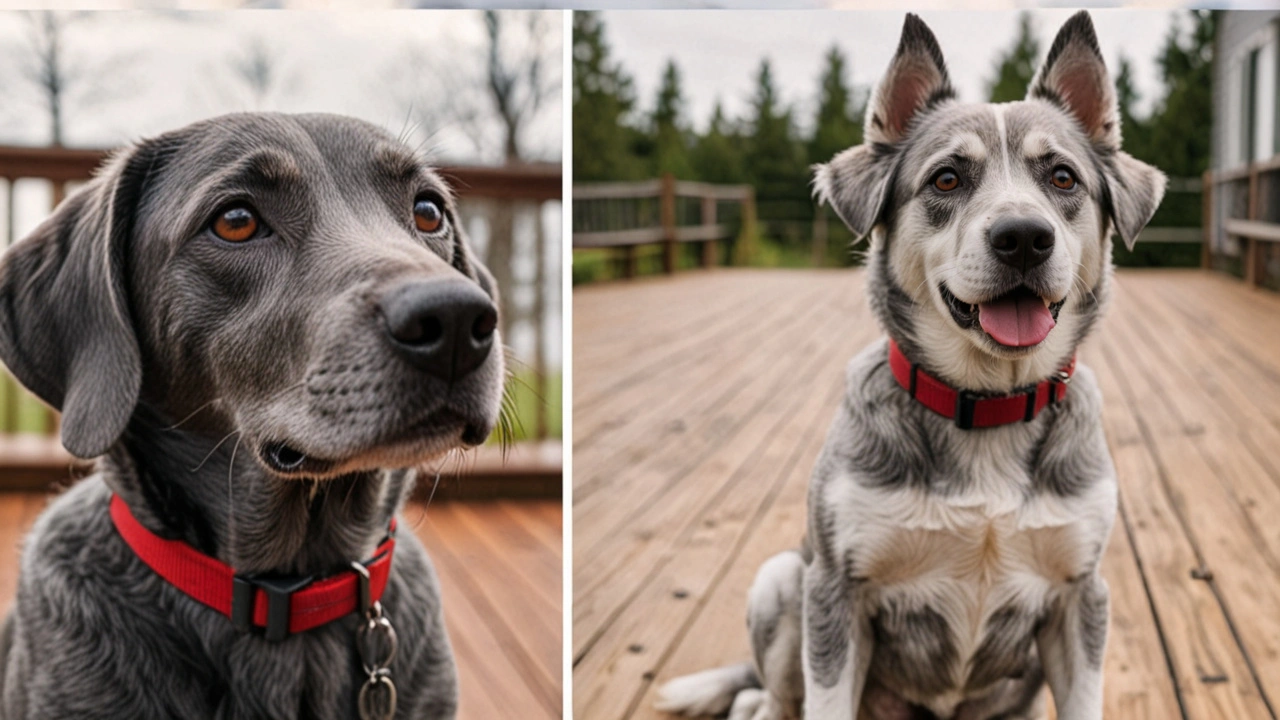Cosmetic Surgery for Pets: Understanding the Basics
Ever heard of cosmetic surgery for pets? It’s an unusual and sometimes controversial topic. While pet owners often focus on grooming and health care, cosmetic procedures are not as common but are still practiced in some places. These surgeries range from ear cropping and tail docking to more complex procedures like eyelid corrections or skin treatments. But what’s driving owners to consider these surgeries? And more importantly, what should you know before deciding if it's the right choice for your pet?
Why Do Owners Opt for Cosmetic Procedures?
Many pet owners are focused on their animal’s appearance, especially in show circles or certain breeds where looks seem important. Some cosmetic surgeries are performed for breed standards or to correct features thought to enhance the pet's look. For example, tail docking and ear cropping are often done on dogs like Dobermans or Boxers because they’re traditional breed standards. However, it’s essential to recognize that these procedures may not always benefit the pet’s well-being.
In some cases, what starts as cosmetic might actually address medical issues. For instance, surgery to fix eyelids can prevent irritation and infections, which is a health benefit disguised as a cosmetic fix. But purely aesthetic surgeries don’t provide health benefits and can cause unnecessary pain or stress for pets.
What Should You Consider Before Deciding?
First, always put your pet’s health and comfort first. Cosmetic surgery carries risks like infections, anesthesia complications, and recovery stress. It’s critical to consult a licensed veterinarian who can explain the pros and cons clearly. Also, think about whether the procedure is truly necessary or just a personal preference that might not improve your pet’s quality of life.
Ethical concerns are worth considering too. Many animal welfare groups oppose cosmetic surgeries that aren’t medically necessary. Some countries and regions have banned procedures like ear cropping and tail docking for this reason. Knowing the legal status and animal welfare opinions in your area can guide your decision.
Lastly, explore alternatives like grooming or training that might address your concerns better than surgery. A well-groomed pet or one trained to behave calmly often looks and feels better naturally. If you’re driven by your pet’s comfort and happiness, non-surgical methods usually come first on the list.
In short, while cosmetic surgery for pets exists, it’s a subject full of debates. Understanding the purpose, risks, and ethical sides helps you make an informed choice. Your pet’s health and happiness are what matter most, so take your time and choose wisely.
A rising trend in pet care is the growing popularity of cosmetic eye surgery for pets. Pet owners are investing in 'nip and tuck' procedures to improve their pets' appearance and health, sparking a debate among veterinarians about the ethics and necessity of such operations.


 Sports
Sports